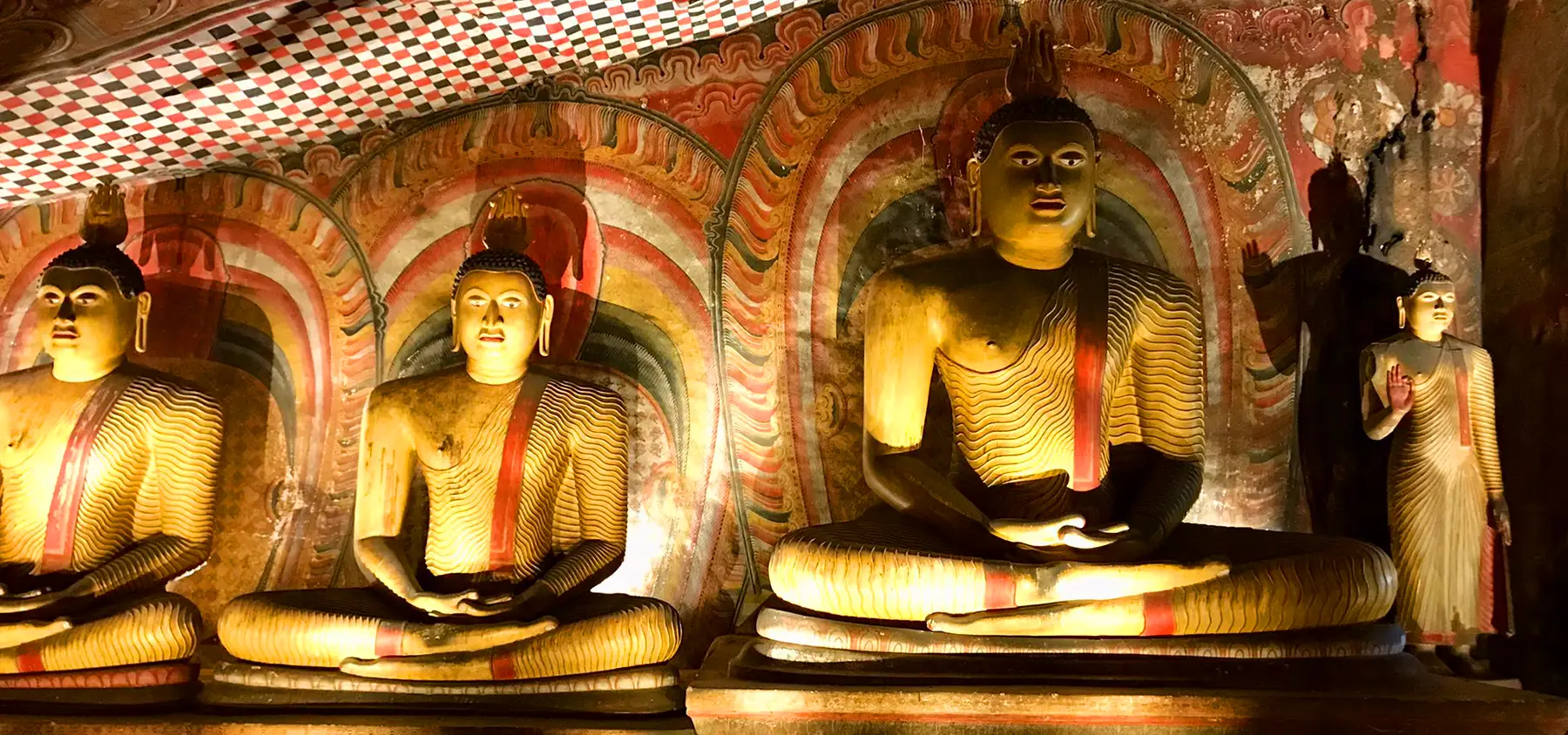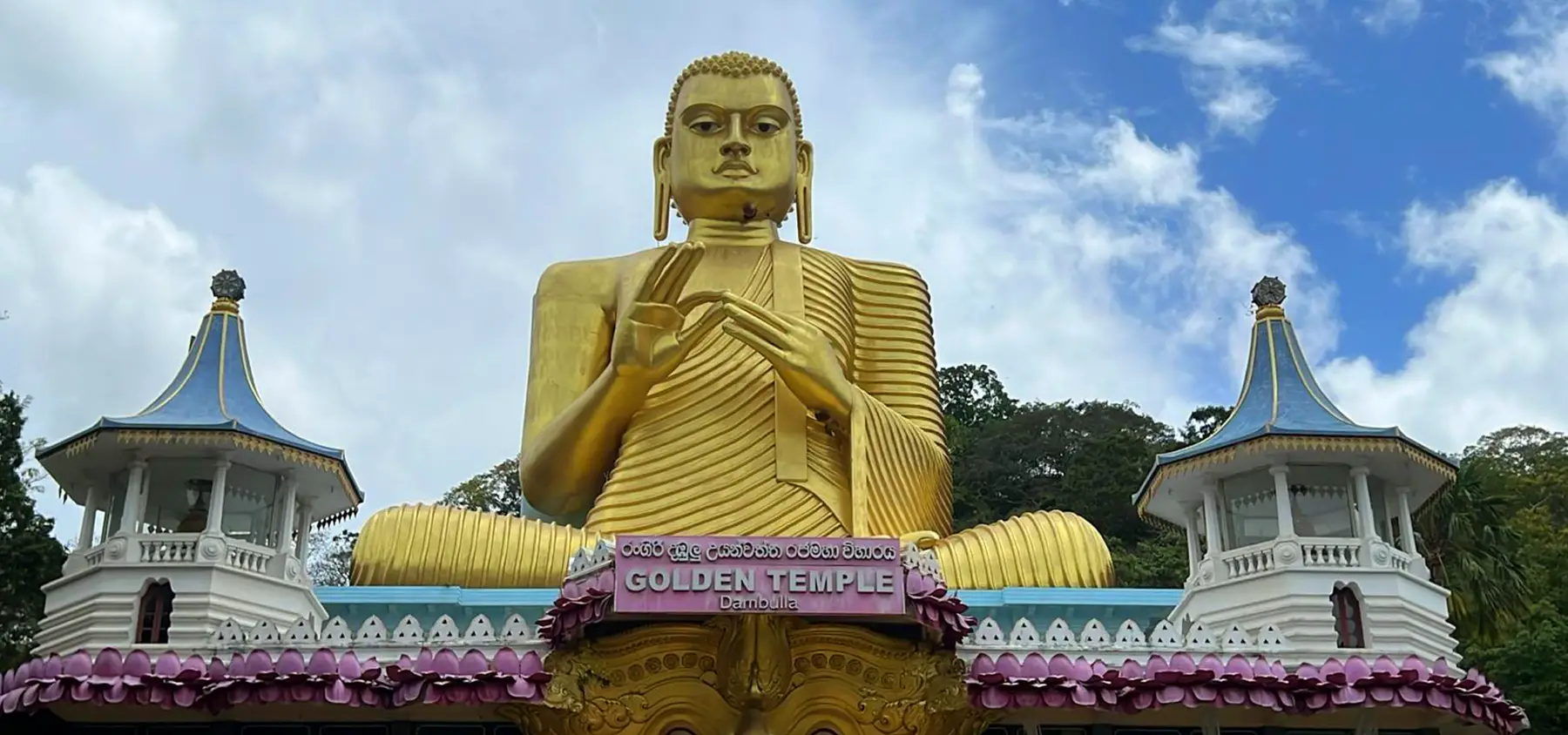Historical and Cultural Significance
The history of the Dambulla Cave Temples dates back to the 1st century BC, when King Valagamba (also known as Vattagamini Abhaya) sought refuge in these caves after being driven out of Anuradhapura. Following his restoration to the throne, King Valagamba converted the caves into a monastery and adorned them with Buddhist art and architecture. Over the centuries, subsequent kings and patrons continued to embellish and expand the cave temples, resulting in a rich tapestry of religious and artistic heritage.
The cave temples have served as centers of Buddhist worship, meditation, and scholarship, attracting pilgrims and monks from across Sri Lanka and beyond. The site’s enduring significance lies in its role as a repository of Buddhist teachings, religious rituals, and cultural practices that have shaped Sri Lankan society for millennia.







